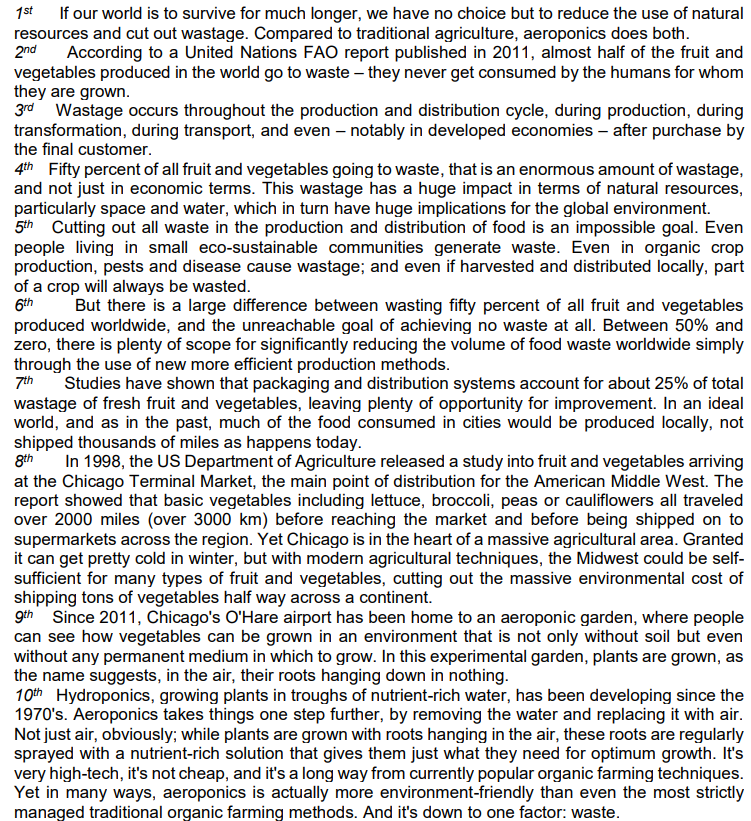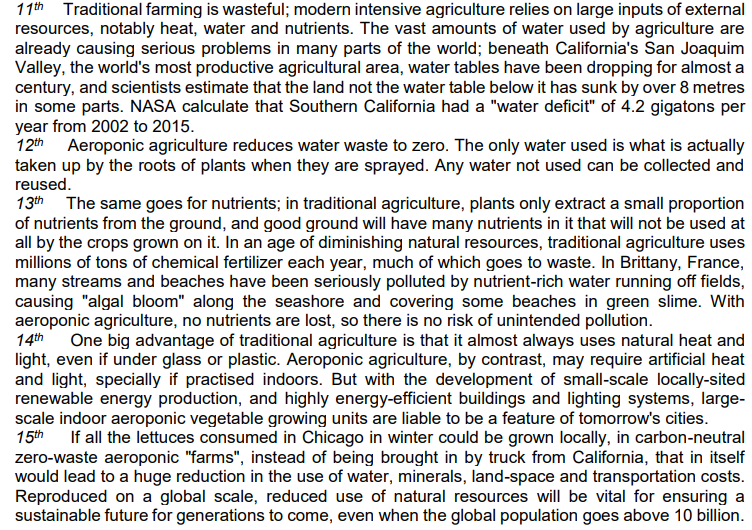Questões de Concurso
Foram encontradas 2.244 questões
Resolva questões gratuitamente!
Junte-se a mais de 4 milhões de concurseiros!
“Imagining that you are a web journalist, your job is to create interesting and engaging news articles about various topics for your online readers. You have been tasked with writing a news article about a recent technological discovery that has the potential to change everyday life.”
In order to create an effective and enticing article for a target audience, which of the following aspects should your students prioritize in their writing?


I- The restaurant chain has had a very difficult year due to the Covid-19 pandemic. As a result, they haven't had to close any of the As a result restaurants.
II- He makes a good salary though the job itself doesn't have much novelty.
III- Sales have decreased this past quarter; therefore, we will not be taking on new employees.
The use of connectors is correct in:
Using your phone while on the toilet poses significant health risks, as warned by an expert, Dr. Sethi. Despite being a common habit, mindlessly scrolling or using your phone in the bathroom can lead to severe consequences. Dr. Sethi, a Harvard-trained stomach doctor, highlights that this practice, particularly during bowel movements, causes extended sitting that strains the rectum and anus, potentially resulting in hemorrhoids, anal fissures, and rectal prolapse.
Furthermore, using phones in the bathroom makes them a breeding ground for bacteria, surpassing the hygiene levels of a public toilet seat. Dr. Sethi emphasizes the importance of avoiding phone usage while on the toilet or, if unavoidable, suggests disinfecting the phone afterward. Research spanning over a decade has consistently shown that phones harbor a significant amount of germs, including fecal matter.
Despite these health warnings, over 65% of adults take their phones into the bathroom, with Spain having the highest usage rates (nearly 80%) and Germany the lowest (just under 55%). Interestingly, younger age groups, particularly those aged 26-41 and 18-25, are most likely to engage in this unhygienic behavior. Apart from health concerns, there’s the practical risk of dropping the phone into the toilet, with a fifth of respondents in the United States admitting to this mishap.
Internet: <www.mirror.co.uk> (adapted).
Based on the previous text, judge the following item.
The expression “Apart from” (last sentence of the text) can
be correctly replaced by Except for, without changing the
original meaning.